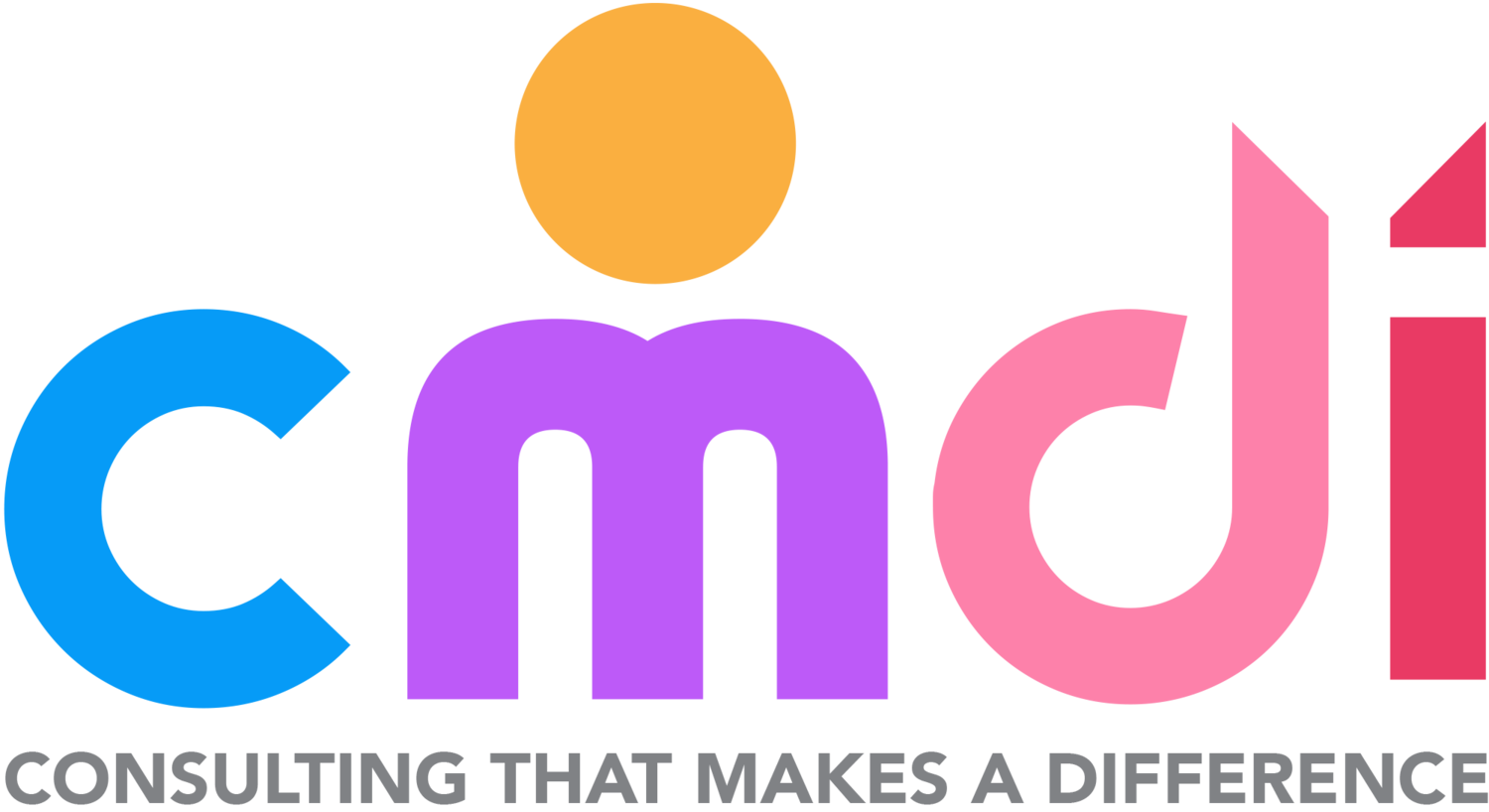COVID Has Taught Us a Few Things...
I know when I think about teaching in a classroom during a Pre-Covid world, so many wonderful memories and various teaching techniques come to mind. Student tables were grouped for peer conversation, ease of instruction, and station teaching. My students were able to move around the classroom freely, work with each other on new and previously taught skills, and work with pencils and paper over technology. All of the simple ideas became obsolete when COVID hit, but I know after teaching and learning in this type of classroom environment, we have learned how much we miss, value, and need specific types of learning back in every classroom across the country.
Students around the world adapted very quickly to this new way of teaching and learning because they had no choice, but this way of teaching has done more harm than good, and everyone was expected to re-think and re-imagine what classrooms looked like and sounded like in a very short period of time. Educators and families have been willing to do whatever they had to for remote, hybrid, and in-person learning when schools reopened in the fall, but many of us are fearful of what’s to come in the future for our students and education.
As educators during this challenging time, we have learned the importance of:
paper and pencil activities and assignments.
quality discussion and interaction between students and their peers and between students and their teachers.
using classroom furniture and space as a way to engage students and WHY it is important to give our students choice of WHERE and HOW they want to learn the content.
As school districts take a step back and evaluate their students’ learning over the past year, I believe they are beginning to see the value of how educators taught their students in a pre-COVID classroom setting. If we want our students to continue their journey in education, and build their skills as students, we have to remind our school districts about the importance of paper and pencil, the effectiveness of academic and social-emotional learning discussions with student peers and teachers, and WHY bringing back our small tables and flexible seating are great resources for teachers and students.
Over the last couple of weeks, I have started to see teachers using paper packets for instruction instead of laptops or chromebooks, students are using colored pencils or highlighters for key information and important vocabulary, some desks are in clusters (with masks and/or shields), and there is a defined space for teachers to work with small groups of students for re-teaching or enrichment purposes. This has happened because some administrators have said they can start doing this again, but mostly, many teachers know the demands of education for their students are high, and these simple resources are necessary to help move our students forward.
Everyone has practiced, seen and discussed the value of a pre-COVID classroom, and we know there have been many challenges teaching in a COVID classroom setting. In the end, we have to re-imagine the ways we used to teach our instruction and begin to implement the simple strategies again that are crucial to education, our teachers, and our students. It’s NOT impossible to teach in a COVID classroom, but I have to say and I believe many of my teachers would agree, COVID classroom instruction was functional when it needed to be. I know all educators have and will continue to do whatever it takes to help our students be successful in school, at home, and in their community. Now it's time for districts and administrators to give back the little things that truly are necessary in supporting our teachers, and most importantly, our students.
